I've got an NSWindow and an horizontal NSSlider.
I'd like to change the color of the right part of the slider bar when the window background color changes.


Currently, the right part of the bar isn't visible anymore when the window background is dark.
Note: the window background is actually a gradient I'm drawing by overriding drawRect in a subclass of the window's view.
I thought I could change the slider bar fill color by subclassing NSSliderCell and overriding some method like drawBarInside but I don't understand how it works: should I make a little square image and draw it repeatedly in the rect after the knob? Or maybe just draw a colored line? I've never done this before.
I've looked at this question and it's interesting but it's about drawing the knob and I don't need that for now.
I also had a look at this one which seemed very promising, but when I try to mimic this code my slider bar just disappears...
In this question they use drawWithFrame and it looks interesting but again I'm not sure how it works.
I would like to do this with my own code instead of using a library. Could somebody give me a hint about how to do this please? :)
I'm doing this in Swift but I can read/use Objective-C if necessary.


